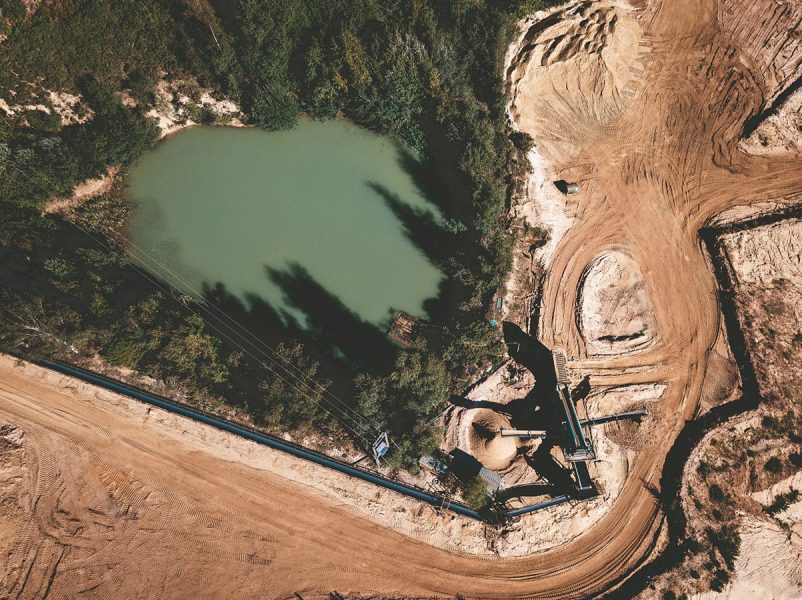
The demand for clean energy is increasing, but where do the materials come from?
07/05/2020
There is an increasing demand on countries to make the switch to renewable energy sources, with many having set targets to increase the percentage of their fuel mix from renewable sources in order to combat the climate emergency. For example, the UK target has committed to reducing emissions by at least 80% by 2050 compared to 1990 levels. However, whilst renewable sources are commonly classed as infinite, the materials required to capture a renewable source and convert it to energy for use in electricity, transport and heat, are not.
There are some materials, such as silicon used in the manufacturing of solar panels that are plentiful in the Earth’s crust. So, while the extraction and manufacture of silicon is already a well-established practice, increased demand for renewables will unlikely cause an issue with supply. However, this increasing demand for renewables will unlikely cause an issue with supply. However, this increasing for renewable energy is putting pressure on some of the other resources required for manufacturing essential renewable energy technologies.
Neodymium
Neodymium is a silver metal that, when combined with iron and boron (NdFeB), acts as a magnet within renewable energy technologies, such as generators in wind turbines and motors in electric vehicles. As the demand for electric vehicles grows, the need for this material is set to increase.
Classified as an abundant resource, 85% of the world’s neodymium actually exists within several mines in China, and even though it can be found in other locations, mined neodymium is often sent to China for processing. Examples of this include the Mountain Pass rare earth mine in California and the Mkango mine in Malawi. Due to the lack of funding awarded to exploratory projects, advancements in the discovery of new neodymium deposits has been limited. However, as the global demand for materials like neodymium soars, more projects are likely to go ahead.
Copper
Copper is in high demand around the world, not just for the manufacture of renewable products, but for any product that conducts electricity. Large deposits that are close to the surface are difficult to locate and the required permit process is lengthy in order to begin extraction. Underground mining is the traditional method to extract copper from the ground but other techniques, such as in situ leaching, are also employed. This is when a weak acid solution is pumped into the ground through wells, dissolving the copper before pumping it out. This solution is then processed to extract the copper and the wells are flushed with clean water to remove the acid. New copper resources are likely to be found at greater depths. This will require greater temperature and pressure conditions meaning existing technology will have to be adapted to adjust to this new environment.
Lithium
Lithium is an essential component used in the production of battery storage technologies. By using batteries, electricity demand can be met at all times rather than solely having to rely upon the sun shining or the wind blowing. Currently, the world’s largest lithium battery is based at Hornsdale Windfarm in South Australia. The Tesla made, 100MW battery is now set to get even bigger in terms of its storage and output in a new deal with the US. Something that will ultimately require more materials.
Currently, there are two main methods of obtaining lithium: through evaporation from brine under lakes or extraction from spodumene. Spodumene is a hard rock resource, mostly found in Australia, but more mines are developing across the world as the battery market grows.
Cobalt
Cobalt is another essential material for batteries. Currently, the Democratic Republic of the Congo dominates with around 70% of global supply coming from this country. However, the practice of extracting this from the ground has been accused of violating human rights which have now caused scientists and start-ups to strive to create a cobalt-free battery.
As the demand for clean energy rises, the demand for these materials will also rise. That fact can be easily forgotten as we imagine a world powered by solar panels, wind turbines, electric vehicles and large-scale batteries. It’s worth thinking about where the materials for the anticipated renewables revolution will come from and how the world will change when the energy goes up.

